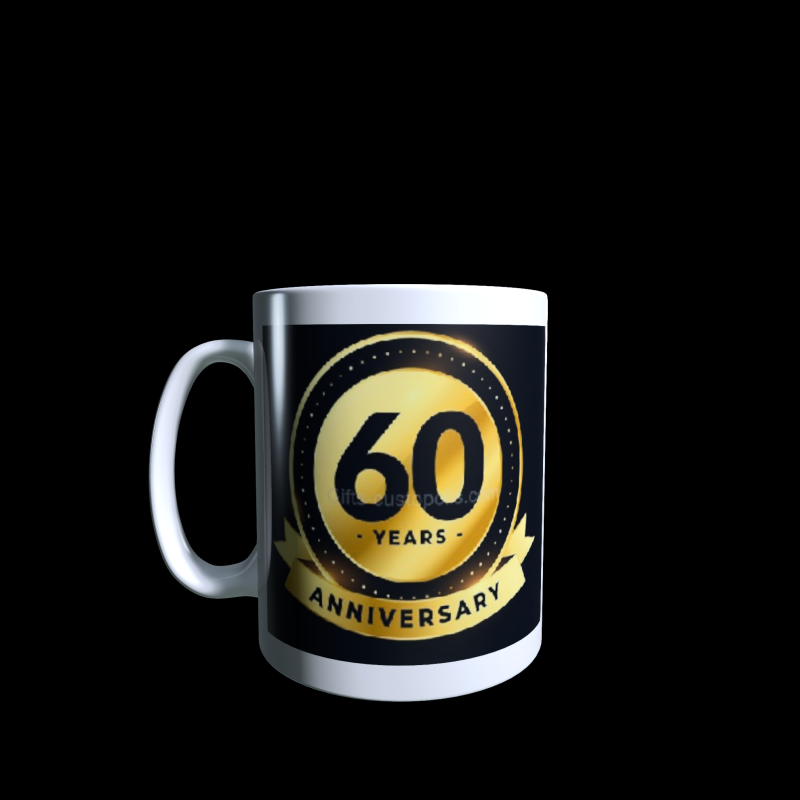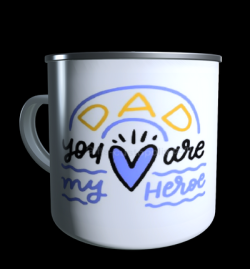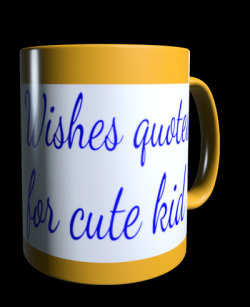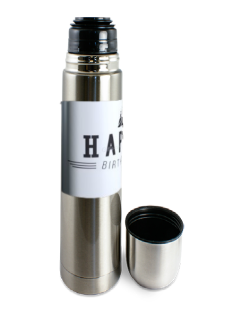
Vintage mug with father's...
History of the cup
A special Father's Day gift mug is the most essential for this unique occasion to give an unique Father's Day gift. You can select a background dedicated to fathers and decorate this mug with your personal message for your father who supports you and helps you in everyday life.
Mugs (and cups)
Synonyms
Mug, cup, bowl, bowl, container, tumbler...
Different definitions
- Cup: A cup is a small container with a handle, often made of earthenware or porcelain, designed to hold a hot drink (coffee, tea, chocolate, milk, herbal tea, etc.).
- Mug: A large cylindrical cup with a handle. A mug is usually simpler in shape and somewhat larger than a cup. Because of this shape, the mug is a popular object to put an image on.
Expressions :
French expression “Boire la tasse” : When swimming, it sometimes happens that you involuntarily swallow water. This is called drinking the cup. The expression is a variant of the old expression "to drink from a big cup" and appeared towards the end of the 18th century and its figurative meaning is "to fail".
- It's not my cup of tea: it's not my favourite thing to do, it's not my favourite activity; this expression is a literal translation of the same expression in French ("Ce n'est pas ma tasse de thé"). Dat is niet mijn meug in Dutch.
Etymology cup
Old English cuppe, , from Late Latin cuppa "cup" (source of Italian coppa, Spanish copa, Old French coupe "cup"), from Latin cupa "tub, cask, tun, barrel," which is thought to be cognate with Sanskrit kupah "hollow, pit, cave," Greek kype "gap, hole; a kind of ship," Old Church Slavonic kupu, Lithuanian kaupas "heap," Old Norse hufr "ship's hull," Old English hyf "beehive." (etymonline.com)



















































 Browse Your Photos
Browse Your Photos







.png)
.png)





